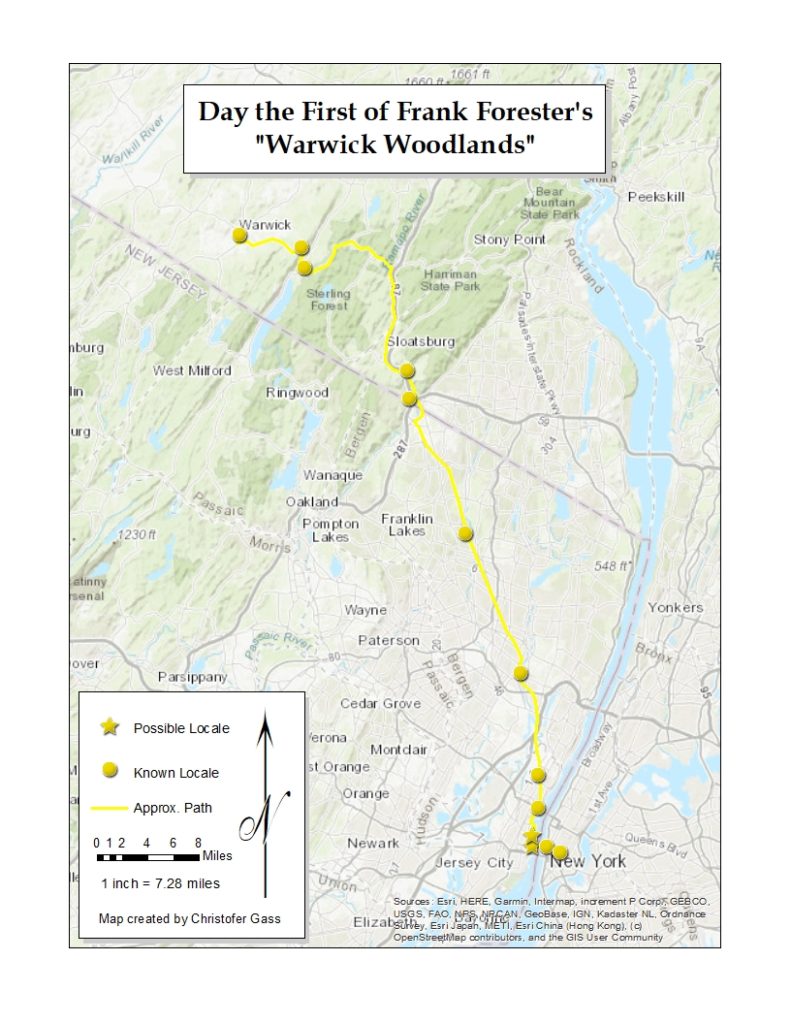For the data visualization project, I wanted to put together a data set to create a visualization of the 1964-65 World’s Fair.
The audience of this visualization are individuals interested in the World’s Fair.
For this visualization, I started with locations depicted on the Official Souvenir map of the Fair. I created an excel for these pavilions and then added information from the Official Guide book of the Fair that I found online. This was the longest part of the project. I typed exhibit information for each of the pavilions and created a field for the page from where I found it. Initially, I was adding the page number of the Official Guide for each exhibit I added but decided to just create a column for references. Also, in addition to exhibit information, I added hours of operation, price of admission, restaurant, and snack bar info. Something I did in Excel but ended up being pointless was boldening the names of exhibits and restaurants for all the applicable pavilions. However, these formatting changes were not picked up in Tableau. Another major addition to my Excel was longitude and latitude dimensions for all the pavilions. I knew that I wanted to add much of the data I was creating to a point on the map where the pavilion was and the only way I knew to do that was by adding longitude and latitude. I have never done it before in Tableau but tried it out first with a few sample locations, to make sure I wasn’t wasting my time, and was happy to see it worked! I was able to do this by looking at my personal souvenir map I recently bought online and clicking that same exact spot on Google Maps. The points on my Tableau map could be positioned a little better, but it works for what I was trying to do. At this time I had been pulling my data into Tableau and playing around with it, but realized I wanted to add a couple more rows to my Excel for two small visuals in Tableau. These were focused on remaining pavilions from the Fair still at Flushing Meadows and traces of the pavilion that still remain in some way. With my data side of the project finished and there not being a pretty way to showcase it in Tableau, I created a repository for my data in GitHub that I have made accessible.
My first visual I made was my map. In my Excel I created a column for the area of where the pavilion was, so once my plots were where they were suppose to be I added the area dimension to the color field. This breaks the pavilions up by “Federal and State”, “Flushing Bay”, “Industrial”, “International”, “Lake Amusement” and “Transportation”. In the tooltip I added the exhibits, notes and reference page from the Official Guide. I wanted to have more, but I found it to be way too much. Information I took out I made sure to utilize in other visuals in the visualization. Lastly, I never edited the map layer, so I took some time to play with the background I wanted to use and how visible to make it. I decided to use a satellite image and washed it out 50%. The original background is not very informative, and I knew I wanted the viewer to be able to zoom in and see features of the map, but I wanted points to be the most visible. I then created visuals for price of admission and price of exhibit. The visitor to the Fair paid an entrance fee, which was able to get you into most of the pavilions and their exhibits, but not all of them. I wanted to showcase this in these two visuals. I had to format and clean my data a few times when playing with these due to inaccuracies in how it was being read. Also, most of the Fair’s pavilions were open from 10am-10pm, but not all of them. I wanted to showcase the hours of operation for pavilions and their exhibits and restaurants that ran before and after the ordinary hours of operation. The final data dashboard of my story includes restaurants, snack bars and traces from the Fair. Not all the pavilions had restaurants, so I wanted to show which ones had restaurants, how expensive they were and give a brief description. Even less of the pavilions had snack bars, so I added a visual to inform the viewer of the snacks available at a given pavilion. The Still Standing visual informs of the pavilions that are still in the park and Traces Remaining inform of the traces that can be found around the park of where that pavilion lived momentarily. These two visuals are the colors of the Fair and the Traces Remaining visual reminds me of the Column of Jerash with its sections slightly separated, so I decided to space the Still Standing visual the same way. The last visual I made was the cover page. I added images I took a few days ago, a title with a color scheme used on the Official Guide book, short description and simple text of three important bits of information.
This was a big first step for me. The data helped me visualize some things I never considered before. I hope to do more with this Fair and to create a data set and visualize it is very powerful and exciting. This visualization is looking at all the, what I consider, “nice things” about the Fair. However, there were a lot of negatives that surrounded the Fair, as well. I want to try to visualize the whitewashing that took place under the guidance of the Fair’s President, and NYC’s Master Builder, Robert Moses, as well as inform of the protests that took place and other issues people had.



